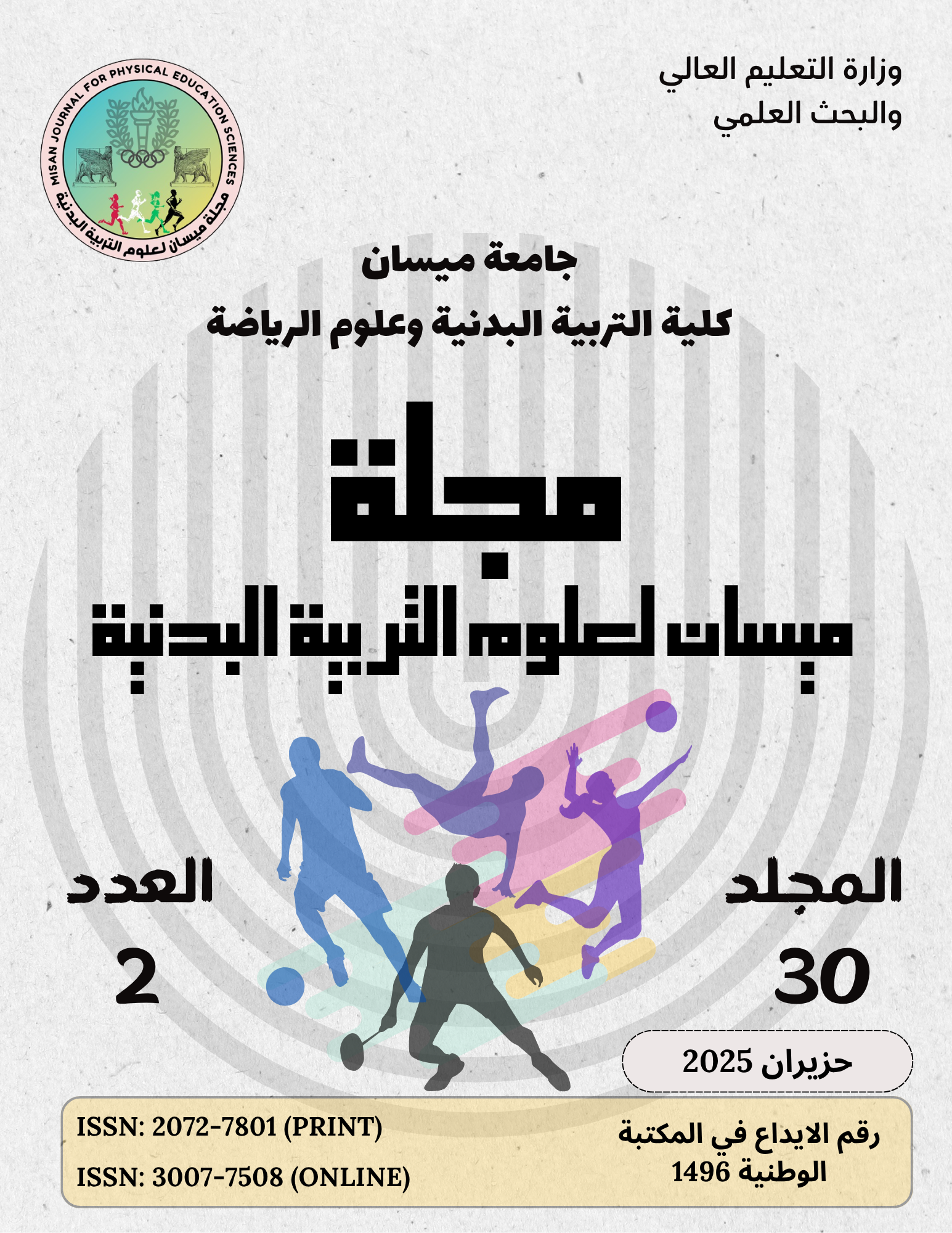An analytical study of the reality of the performance of administrative leadership in Iraqi sports clubs from the perspective of coaches and players
DOI:
https://doi.org/10.61265/mjph.2025.30215Keywords:
Performance, Administrative Leadership, Sports Clubs, Club Coaches, Club PlayersAbstract
The research aims to: construct and apply a scale of the reality of the performance of administrative leaders in Iraqi sports clubs from the perspective of coaches and players, and to identify the reality of the performance of administrative leaders in Iraqi sports clubs from the perspective of coaches and players. The researcher used the descriptive approach with the survey method to suit the nature of the problem. The research community consists of coaches and players of the Iraqi Premier League football clubs and their players for the sports season (2024-2025), numbering (560) individuals, representing (20) clubs, and the research sample consists of (200) individuals, i.e. (35.714%) of the research community. The researcher prepared a questionnaire form for the scale to identify valid statements, which included (24) statements. The researcher adopted the Liker method in constructing the scale questionnaire, and based on that, a five-point scale was used to express the degree of agreement with each statement, which are (strongly agree, agree, neutral, disagree, strongly disagree). After that, the researcher conducted a pilot experiment before the final application of the study at an appropriate time on a sample consisting of (10) individuals. After that, the scale was applied to the construction sample numbering (100) individuals. To complete the steps of constructing the scale of this study, the researcher carried out a statistical analysis of the scale phrases. By means of the statistical process, the availability of the scientific conditions for the scale, namely validity and reliability, is confirmed. After that, the researcher applied the administrative leadership performance scale consisting of (24) phrases to the application sample numbering (90) individuals. The results were statistically processed and discussed.
Downloads
Published
Issue
Section
License
Copyright (c) 2025 Misan Journal for Physical Education Sciences

This work is licensed under a Creative Commons Attribution 4.0 International License.









